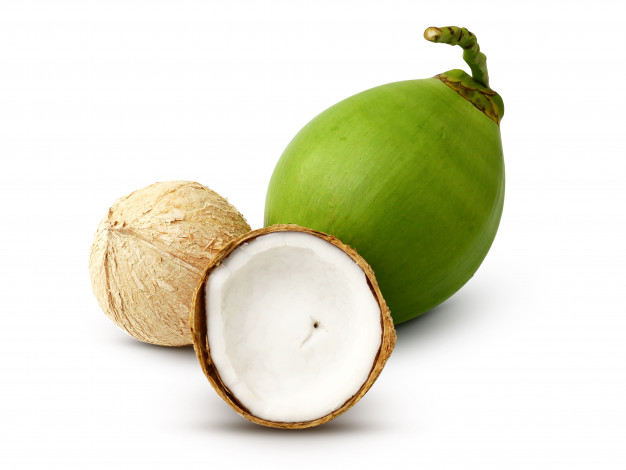
India has a rich history of exporting fresh coconuts, which have been a significant agricultural commodity for the country. Coconuts are grown abundantly in coastal regions of India, particularly in states like Kerala, Tamil Nadu, Karnataka, Andhra Pradesh, and Maharashtra. Here is an overview of the history of fresh coconut exports from India:
- Early Trade: Coconut cultivation in India dates back centuries, and historically, coconuts were traded regionally and internationally through maritime routes. Indian coconuts were highly valued for their quality and versatility.
- Colonial Era: During the colonial period, particularly under British rule, Indian coconuts gained popularity in international markets. The British East India Company facilitated trade, and coconuts were exported to various parts of the world, including Europe, Southeast Asia, and Africa.
- Post-Independence: After India gained independence in 1947, the country focused on agricultural development, including coconut cultivation. The Indian government promoted coconut farming through various schemes and initiatives to increase production and exports.
- Export Growth: India emerged as one of the largest exporters of fresh coconuts in the world. The export market for Indian coconuts expanded to countries such as the United States, United Kingdom, UAE, Saudi Arabia, and other parts of Asia.
- Modern Era: In recent decades, India’s coconut export industry has evolved with advancements in packaging, transportation, and trade facilitation. Exporters have adopted modern practices to ensure the quality and freshness of coconuts during transit.
- Regulatory Framework: The Indian government, through agencies like the Agricultural and Processed Food Products Export Development Authority (APEDA), regulates and promotes the export of agricultural products, including coconuts. Exporters are required to comply with phytosanitary standards and export documentation requirements.
- Market Challenges and Opportunities: The export of fresh coconuts from India faces challenges such as competition from other coconut-producing countries, fluctuations in global demand, and logistical issues. However, Indian exporters continue to explore new markets and opportunities, including value-added coconut products like coconut oil, coconut water, and coconut-based snacks.
Overall, the history of fresh coconut exports from India reflects the country’s agricultural heritage, trade relations, and efforts to capitalize on its natural resources for economic growth and international trade.



